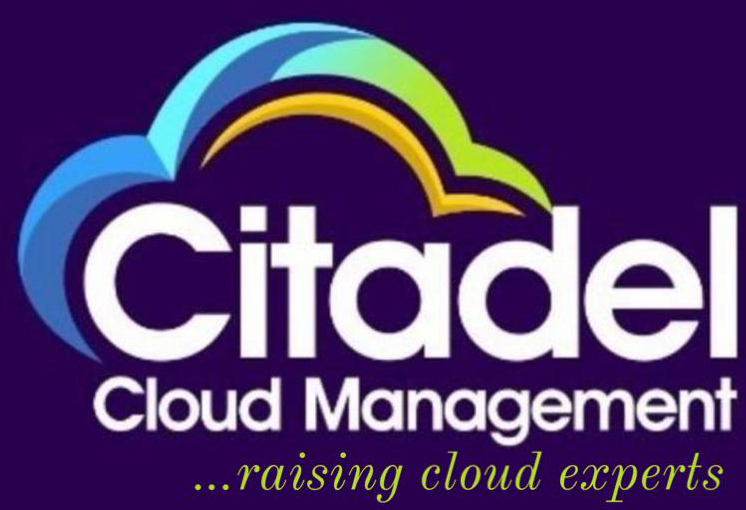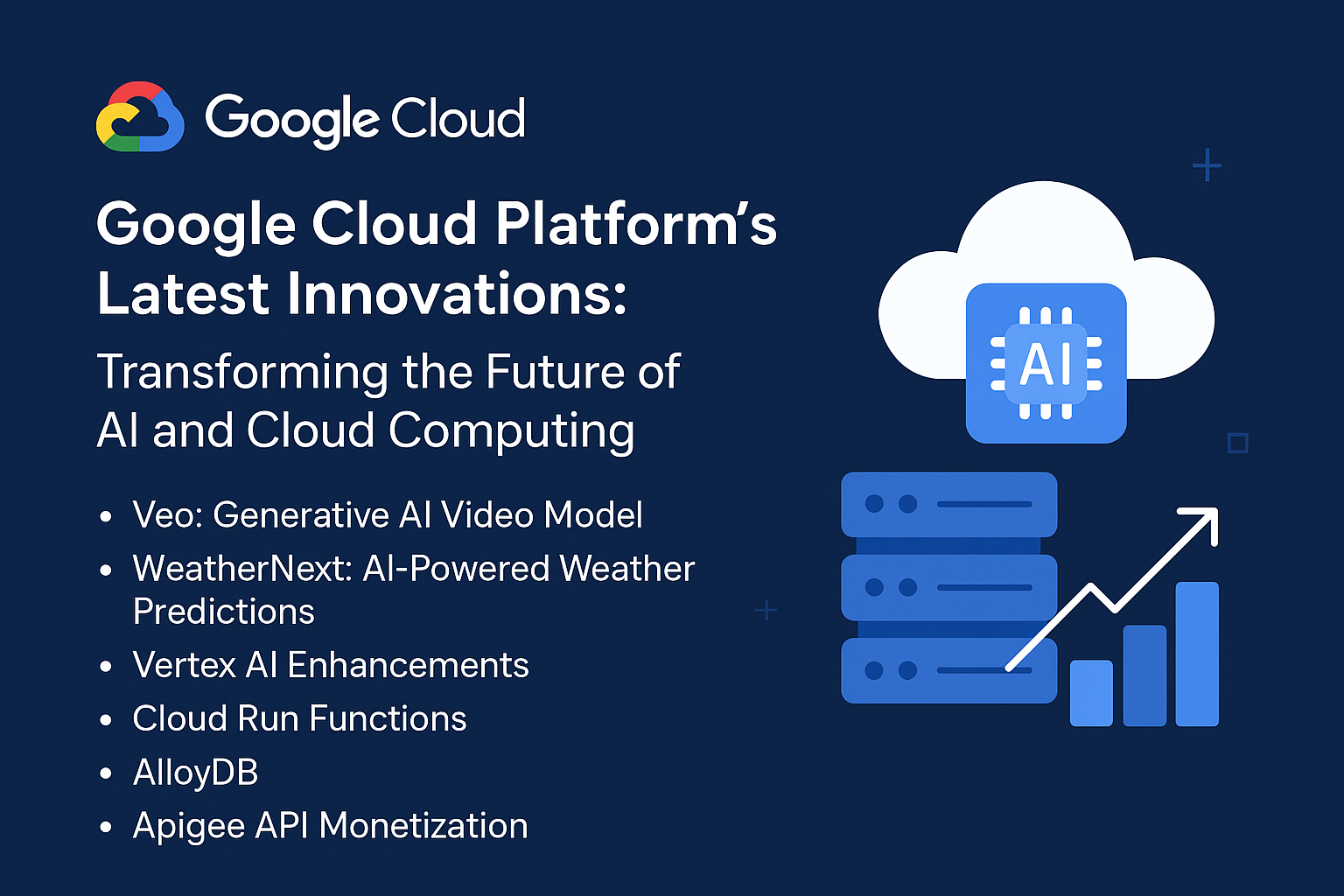Table of Contents:
- Introduction to Compliance and Data Privacy in Cloud Security
- What is Compliance?
- What is Data Privacy?
- The Importance of Compliance and Data Privacy in Cloud Security
- Resource Links: Cloud Security Alliance, GDPR Overview
- Overview of Major Data Privacy Regulations
- General Data Protection Regulation (GDPR)
- Key requirements and principles
- Data subject rights
- Impact on cloud providers
- Resource Link: GDPR Portal
- California Consumer Privacy Act (CCPA)
- Overview of rights and responsibilities under CCPA
- Implications for cloud services in California
- Resource Link: CCPA Text
- Health Insurance Portability and Accountability Act (HIPAA)
- HIPAA regulations and cloud services
- Healthcare data security and privacy
- Resource Link: HIPAA Compliance Guide
- Federal Risk and Authorization Management Program (FedRAMP)
- Compliance requirements for federal cloud services
- Risk management and cloud security for government agencies
- Resource Link: FedRAMP Overview
- Payment Card Industry Data Security Standard (PCI DSS)
- Security standards for processing payment card data in the cloud
- The scope of PCI compliance for cloud environments
- Resource Link: PCI Security Standards
- General Data Protection Regulation (GDPR)
- The Role of Cloud Service Providers (CSPs) in Compliance
- Shared Responsibility Model
- CSP Responsibilities in Data Security
- Choosing a compliant cloud provider
- Resource Link: AWS Compliance Programs
- Data Residency and Localization Issues in Cloud Security
- Understanding Data Residency Laws
- Cloud storage location and its impact on compliance
- International data transfer restrictions
- Resource Link: Data Residency Resources
- Strategies for Ensuring Cloud Security Compliance
- Data encryption and security measures
- Regular audits and risk assessments
- Compliance as a continuous process
- Resource Link: NIST Cybersecurity Framework
- Common Compliance Pitfalls in Cloud Security
- Misunderstanding shared responsibilities
- Lack of control over data location
- Insufficient employee training and awareness
- Resource Link: Cloud Compliance Best Practices
- Emerging Trends in Cloud Compliance and Data Privacy
- Artificial Intelligence and Privacy Considerations
- Data Sovereignty and Its Impact on Cloud Security
- Future regulatory changes and how to prepare
- Resource Link: EU Data Sovereignty
- Conclusion: Building a Compliant Cloud Security Strategy
- Establishing a strong governance framework
- Integrating compliance into cloud architecture
- The role of continuous monitoring and improvement
- Resource Link: Cloud Security Best Practices
Detailed Elaboration on Each Section:
1. Introduction to Compliance and Data Privacy in Cloud Security
This section provides foundational knowledge of compliance and data privacy within the realm of cloud security. It explains how compliance refers to meeting legal, regulatory, and contractual obligations, while data privacy concerns how personal data is handled and protected within the cloud.
- Resource Links:
- Cloud Security Alliance: A comprehensive resource on cloud security best practices.
- GDPR Overview: A useful guide to understanding the General Data Protection Regulation.
2. Overview of Major Data Privacy Regulations
This section highlights the critical global regulations that cloud providers and users must adhere to when processing personal and sensitive data.
- GDPR: This regulation governs how companies in the EU (and beyond) must manage personal data, providing rights to data subjects.
- CCPA: A California law focused on consumer privacy and data rights, influencing cloud providers serving California residents.
- HIPAA: A U.S. regulation for healthcare-related data, dictating how cloud providers secure healthcare data.
- FedRAMP: Ensures that cloud service providers meet strict federal security standards for government use.
- PCI DSS: Pertains to the secure processing of payment card information.
3. The Role of Cloud Service Providers (CSPs) in Compliance
Cloud Service Providers (CSPs) play a key role in compliance. Understanding the shared responsibility model is crucial for organizations. CSPs must ensure their infrastructure is compliant, while customers are responsible for securing their applications and data.
- Resource Link:
4. Data Residency and Localization Issues in Cloud Security
Data residency laws dictate where data can be stored geographically. Understanding how different jurisdictions impact cloud security and compliance is crucial, especially for multinational businesses.
- Resource Link:
5. Strategies for Ensuring Cloud Security Compliance
This section outlines strategies such as encryption, regular audits, and comprehensive risk management practices to ensure continuous compliance in cloud environments.
- Resource Link:
6. Common Compliance Pitfalls in Cloud Security
Here, we explore common mistakes such as misunderstanding the shared responsibility model, not securing data properly, or failing to track data location.
- Resource Link:
7. Emerging Trends in Cloud Compliance and Data Privacy
With advancements in AI, data sovereignty, and regulatory changes, staying ahead of trends in cloud compliance and privacy is key.
- Resource Link:
8. Conclusion: Building a Compliant Cloud Security Strategy
Concluding with recommendations on how to structure and continuously improve a cloud security strategy to maintain compliance in an ever-evolving regulatory landscape.
- Resource Link:

